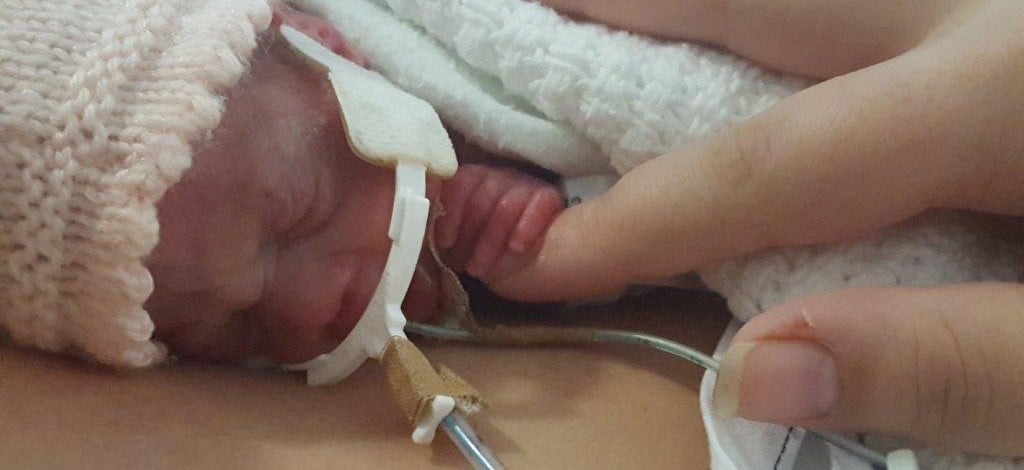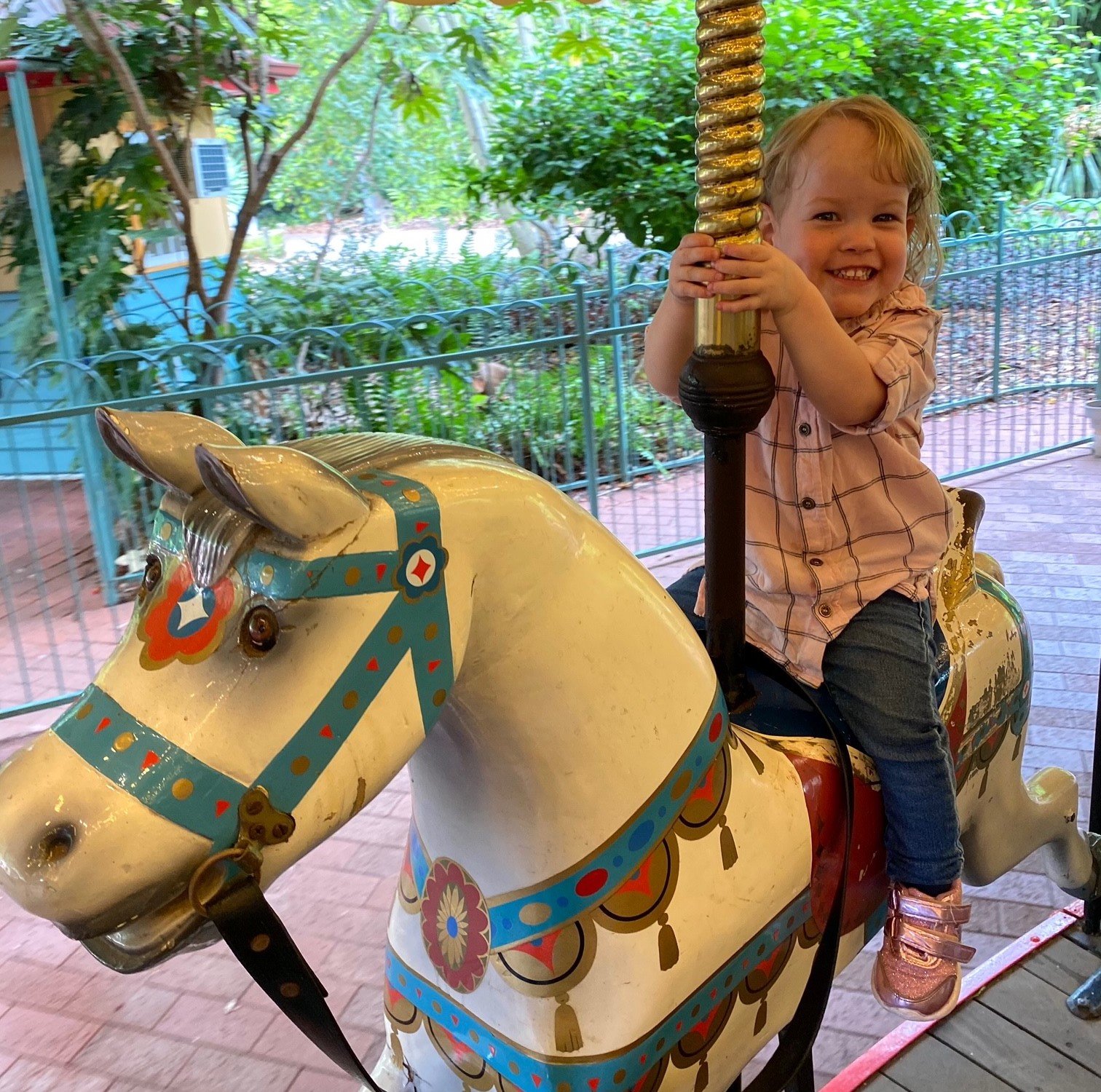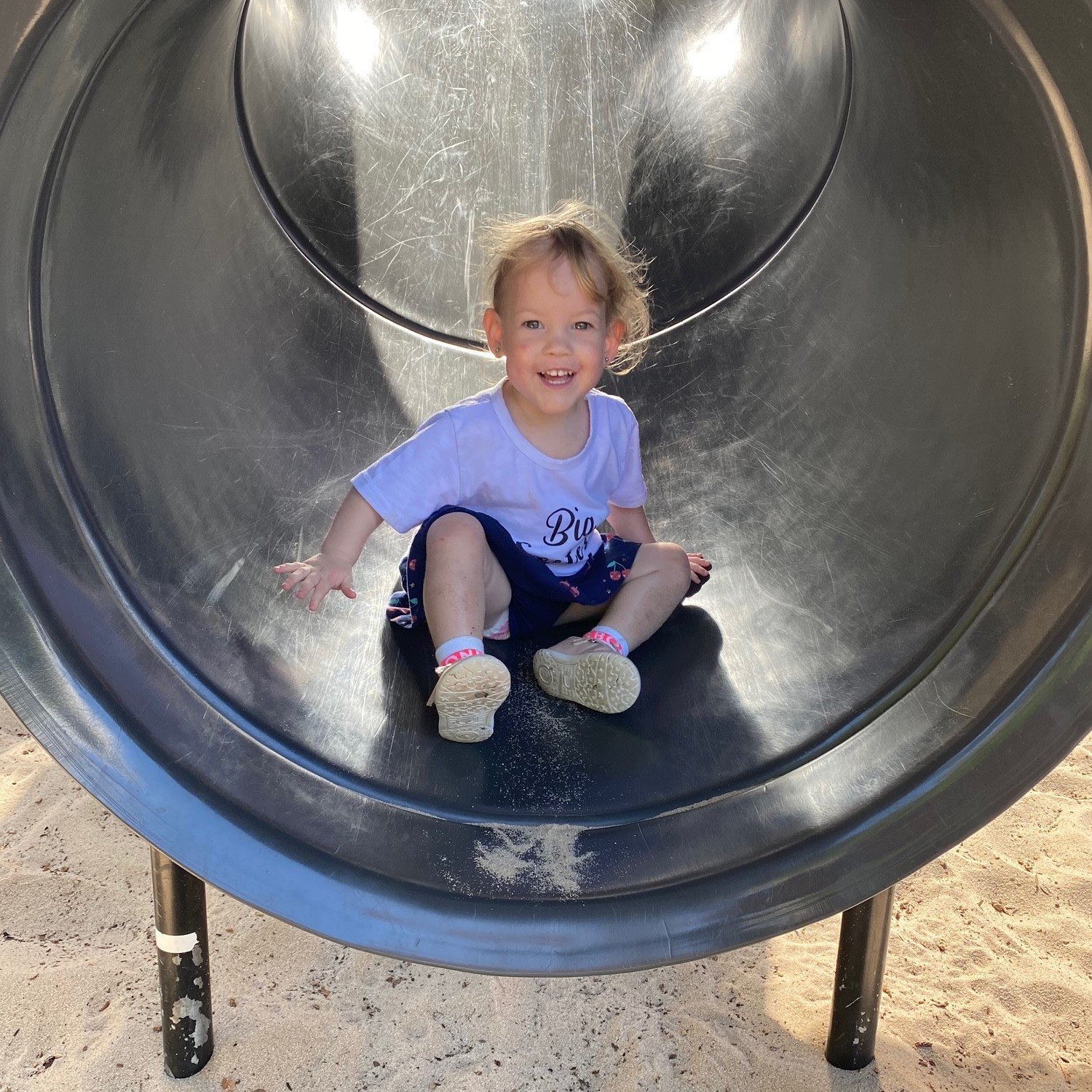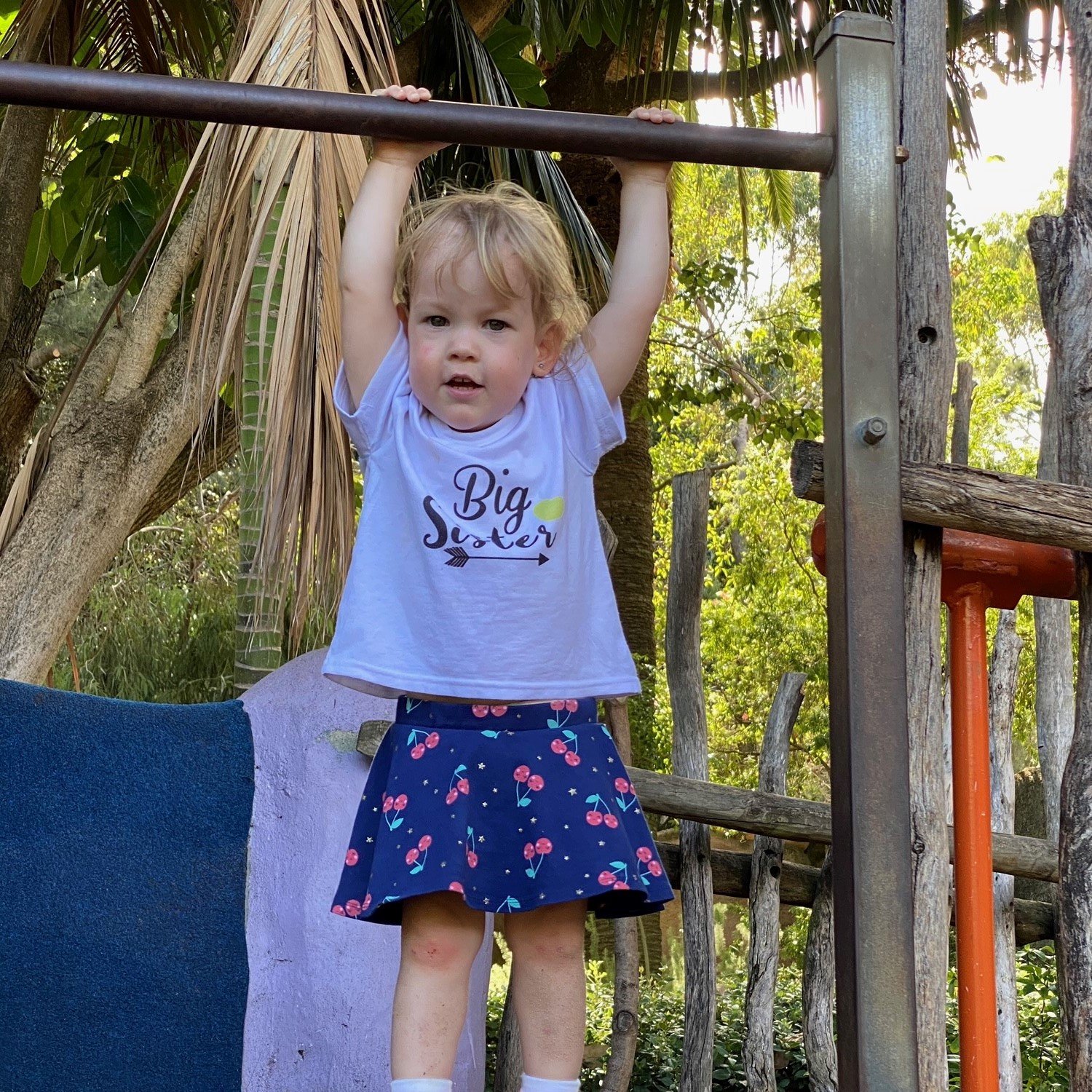
When KEMH specialists first suggested using coconut oil to treat the fragile skin of Kimberly Rohrlach’s extremely premature first-born child, Isabella, she thought it was more than a little weird.
“At the time, though, if anything was going to help I was willing to give it a go, so I just said yes,” Kimberly said. “I knew they wouldn’t trial it on kids unless they had had pretty positive outcomes so far.”
At that stage Isabella weighed little more than a can of Coke, having been born a frightening 23 weeks and one day into Kimberly’s pregnancy. Just two days earlier, and she would not have been revived.
“I still get goose bumps when I think about it,” Kimberly said. “Without everything that happened, I wouldn’t have had my daughter. She’s only here because of the science and willingness of doctors around me.”
One of those doctors was neonatologist Professor Tobias Strunk, who was piloting an ancient treatment – coconut oil applied to newborn skin – in the hopes it would protect the skin of extremely premature babies enough to fight off bacteria like sepsis, one of the most common complications for babies born too early.
“During pregnancy the skin is made to support babies for life inside the womb, not outside, so when they are born really prematurely the skin is under-developed and quickly starts to deteriorate,” Professor Strunk said. “It’s how bacteria gets inside the body – often causing disability or even death.”

When Isabella arrived, her skin was painfully thin – almost translucent – and it wasn’t long before it began to break down, even with regular application of the coconut oil.
“In the long run the coconut oil helped,” Kimberly said. “Even with her bad skin breakdown we managed to keep any bugs and infection off her.”
Isabella was in hospital for four long months, with Kimberly undertaking a two-hour round trip each day to be with her. Her condition swung wildly from day to day, but the family’s involvement in three separate research trials, including the coconut oil pilot study, gave them hope.




Now, Isabella is a thriving three-year-old who receives annual check-ups for her eyes – affected by the life-saving use of oxygen while in the NICU – and occasional physiotherapy appointments.
“She has a little bit of scarring on her belly and her back, and she’s very small, but other than that there’s been no limitation whatsoever. She’s even above average in some respects,” Kimberly said.
“We were extremely lucky and it’s something I’m thankful for every single day of my life. If others are wondering about whether to take part in research, I say jump at the opportunity – your child is getting that bit extra and it’s something positive to hold onto. And even if it doesn’t work, you know you’re helping other premmies that come along.”

